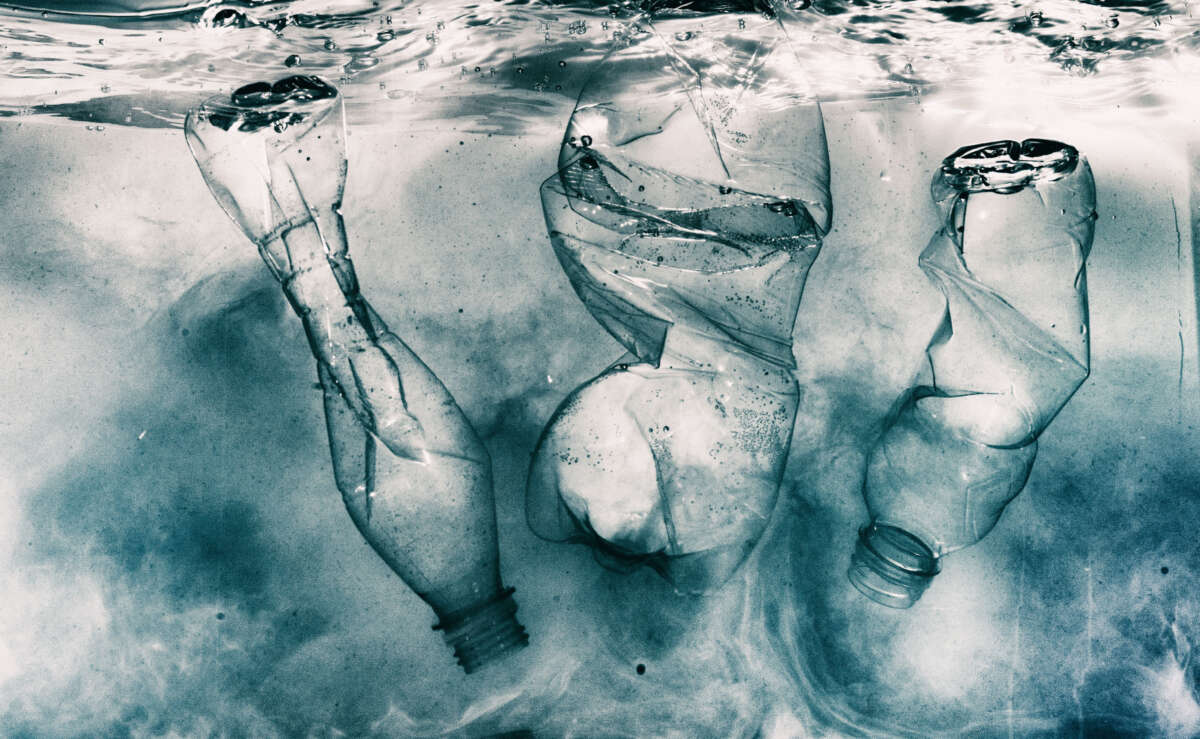A new study on microplastics suggests that the tiny plastic pieces are indeed entering the bodies of nearly every human, and possibly every mammalian creature, on the planet.
The study, carried out by a team of toxicology scientists led by Matthew Campen at the University of New Mexico, examined 62 human placenta samples to determine the rate at which they contained microplastics, and to what degree. According to their findings, all 62 samples had a worrying level of microplastics.
The study, which was published in the journal Toxicology Sciences last month, detected the amount of microplastics to be between 6.5 to 790 micrograms per gram of tissue. While that may sound like a small amount, it was a troubling find for Campen and his team, he explained.
“Dose makes the poison” for those who study toxicology, Campen said. “If the dose keeps going up, we start to worry. If we’re seeing effects on placentas, then all mammalian life on this planet could be impacted. That’s not good.”
Microplastics are defined by the National Oceanic Atmospheric Administration as being small plastic pieces that are less than five millimeters long. They enter human bodies through food and water, and in some cases it’s been shown that humans can breathe them in, too.
It is not yet clear what definitive health impacts they have for humans — let alone all living creatures who have them in their bodies — but several studies so far have shown they are harmful.
In laboratories, for example, they have been shown to cause damage to human cells. Consumer Reports testing of various commonly purchased food items (such as cereals, fast food, fruits and more) found that 99 percent of those foods contained phtalates and bisphenols, chemicals known to mimic estrogen in the body and that can disrupt the endocrine system.
Microplastics are appearing everywhere on earth, too, due to widespread pollution of plastic products. They have been found at the deepest ocean depths, as well as at the top of Mount Everest. They have even been found in the atmosphere, and have been discovered within clouds.
Recycling plastics isn’t a helpful option, either — hundreds of chemicals can migrate from reusable plastics to the foods they touch, one study has found.
Campen expressed pessimism over the possibility of reducing the number of microplastics in the world anytime soon. “It’s only getting worse, and the trajectory is it will double every 10 to 15 years,” he said.
Campen pointed out that plastics have a long half-life and last hundreds of years before they biodegrade.
“Even if we were to stop it today, in 2050 there will be three times as much plastic in the background as there is now,” Campen said. “And we’re not going to stop it today.”
We have 4 days to raise $37,000 — we’re counting on your support!
For those who care about justice, liberation and even the very survival of our species, we must remember our power to take action.
We won’t pretend it’s the only thing you can or should do, but one small step is to pitch in to support Truthout — as one of the last remaining truly independent, nonprofit, reader-funded news platforms, your gift will help keep the facts flowing freely.
